
by admin | Nov 3, 2021 | Blog
Introduction
Natural caramel colour is primarily a natural food colour incorporated into edibles. When sugar is given the heat, the output produced is the colour. You might be thinking about any side effects associated with its consumption. Right? Let us give you a detailed discussion over this.
Regulatory authorities
Since the natural colour has been globally use for years, the colour must be approve by the food authority existing in a particular country.
This not only ensures safe for consumption but also protects an individual from any unforeseeable continued illness.
Talking specifically about the US, Canada, and Europe (where the colour is predominantly in use), the regulatory bodies existing in the countries are the US FDA, EFSA, and HC respectively.
FDA stands for Food and Drug Administration, EFSA for European Food Safety Authority, and HC for Health Canada.
The colour has been mark “safe” for adding into the foods and beverages and holds no such harm to be produce in the human body.
4-MEI
4-MEI is primarily a compound that is an acronym for 4-Methylimidazole. The compound is naturally produced during the cooking or preparation of beverages.
Apart from this, the compound is formed in small quantities during the manufacturing of two groups of caramel colours, i.e., Class 3 and 4. This is chiefly because of their presence in an array of edibles across the world. You might be wondering about 4-MEI’s impact on health. Isn’t it?
In accordance with the FDA, the compound is report to provision no harmful effects on the body and thus is consider safe. However, if the high volume is examine in a certain product, there is a higher probability of lung cancer, as well as skin irritation. In the case of caramel, only small amounts are examine.
In a nutshell, little-to-no noxious effects are place on the human body upon 4-MEI. On the contrary, the compound was test in rats, mice, and rodents.
To one’s surprise, lung cancers chiefly because of the compound’s carcinogenetic property. On the other hand, fertility levels were affect in a negative way which led to having difficult times conceiving.
Classifications of caramel
There exists Group 1,2,3 and 4 Colours. As you have study above that the 3 and 4 are equippe with the 4-MEI, the manufacturers should seek different ways for minimal use of the 3 and 4 groups, and switch to the two others instead. The core reason for this is the carcinogenetic property associate with this.
Gluten-free feature
For those of you who might not be aware of gluten, it is generally a protein that provides no benefit to the human body. In this modern world, many people opt for a gluten-free diet to maximise their nutrient intake. The caramel colour possesses this feature of gluten-free and is considere an added advantage.
Conclusion
Scientists have declare that a maximum of 29 grams of Methylimidazole should be consume. Above this potency could lead to some serious issues. Anyways, you should always consult a healthcare specialist if you are sceptical towards the compound

by admin | Oct 19, 2021 | Blog
Introduction
Soy sauce is a dark-brown colour liquid produced by the fermentation of soya beans. It is generally used to add flavour to the food and portrays an appealing look. As soya beans contain a high volume of protein, they help in improving the digestive system.
Monascus is termed as a natural food colour that is dark red in property and developed by the fermentation of red yeast;
fermentation refers to the breaking down of a substance into smaller particles. In this modern world, colour is widely use in different products. But are we aware of the different monascus, each with a distinctive property, are available out there in the market? Let us discuss.
Colour
and to develop batch-to-batch consistency.
Batch-to-batch consistency is define as minimal possible changes from one product to another. As we all know that manufacturers go through a standardization process to bring out high-quality products in the market, this equal standard strategy signals batch-to-batch consistency. Generally, there exist red-brown, yellow-brown, red-orange, orange-brown, and orange-yellow features of the pigment.
If the manufacturer desires to improve the batch-to-batch consistency of the soya sauce, then it would be better to choose orange-brown (the closest one to the original colour), so that you can examine consumption levels of the product in different areas of a region.
On the other hand, if you’re a manufacturer and aim for a delightful look for the soya sauce, you should opt for red-brown colour, as this is the hue incorporate in the product for years, and your sudden colour change might negatively affect your business
Firm attachment
It is an acknowledgeable fact that adding natural colours to a certain edible might eradicate some of the nutrients, which in turn would provide little-to-no health benefits. In the case of soya sauce, there are class 1, 3, and 4 monascus colours used. If aim to provide an alluring look and good taste, it is advisable to use class 3 colours, as it contains red-brown characteristics and acts as a condiment.
On the other hand, if you are more of the health side and want customers to gain nutrients,
then you surely should use class 1 and 4 colours;
failure to do this would remove protein,
a key nutrient in the soya beans, and an individual would consume just to fill his/her stomach.
Steadiness
It is inevitable for the monascus red colour in the soya sauce to be stable in the 20 per cent salt solution.
If the hue does not stand firm against the said solution,
it will eventually form a cloud-like structure in the sauce and spark out.
On the other hand, if the sauce is highly salt-concentrate, it would be better to add the colour after the sauce becomes thinner (watery), so that the colour does not fade away.
Conclusion
The producer needs to consider the above-mentioned points, to gain
customer satisfaction and drive market sales

by admin | Oct 19, 2021 | Blog
A short intro about natural colours is that they are something provided by nature, and used in almost every aspect of our lives, from foods to clothes, cosmetics to furniture, etc. According to science, the three main colours that are widely use are red, green, and blue, and are referr to as “Primary Colours”. But are we familiar with the cost of such natural colours? Let us discuss this.
The prices of such colours fluctuate and es. For instance, a huge proportion of a country’s population consumes strawberry ice cream, or maybe uses red-coloured facial creams, then the cost of carmine is likely to be increased because demand outweighs supply.
On the other hand, if the same population consumes fewer olives, then the cost of chlorophyll is said to be reduced because the less demand means manufacturers have more olives and are willing to clear out their stock at low prices.
There are other factors too that influence the worth of natural colours. Climate, disastrous activity, country of manufacture, order size, and last but not the least, negotiation skills are such factors. Let us go through step by step.
Climate
Climate refers to the average temperature of a region. It is a fact that most of the natural colours are derive from natural vegetation, be it leaves, beetroot, cauliflower, spinach, etc.
If
the climate required for a specific crop is unfavourable, there would be an
existence of exorbitant prices. On the contrary, if the climate is suitable,
there will be a yield of ample crops, meaning that a large volume of supply
would lower down the prices. Similarly, a considerable amount of rain and
sunlight adds to the growth of the crop, but anything in excess always ends up
providing loss.
Droughts, on the other hand, tend to negatively affect the plants; drought generally refers to water shortage and a dry situation. Imagine if we human beings are not given water for 2-3 days, how would we feel? The only reliable solution to this is to cut down on water waste and save for our food sources, as well as future generations.
Negotiation skills
Negotiation takes you places in the business world. If you’re a fast-food restaurant owner and want natural food colours at economical rates, keeping in mind that you’re ambitious and making huge profits out of this, then you must speak to your supplier for a long-term deal, that will benefit both, the supplier and the owner. These small acts result in drastic changes in your business profitability.
Order size
If we order a suit for every member of a building, it will cost you less per unit than if you were to order for yourself. This is because the machine is bound to work, be it a suit or 100 suits, and large quantities of articles would save electricity and the maintenance cost.
This saved money would be transfer to you, thus, benefits both parties. This would be applicable if you own a restaurant chain and want to order for every local branch. This is consider a key part of your business profitability margin.
Conclusion
You might now have realized about the different agents that affect the pricing of natural food colours. As colours are used in spices, which are extract from the crops, it is more important than ever to care about the environment and ensure no disturbance in our daily consumption.

by admin | Oct 12, 2021 | Blog
Food colours, as we all are familiar with, are widely being used in food products and liquid refreshments, be it natural or artificial. The question is, what are the reasons behind this addition to edibles? Well, we would like to give an insight into this
Represent a flavour
There’s
a famous saying, “Unless or until you won’t show it, it won’t sell”. The
manufacturer seeks every possible way to make his or her product attractive,
and it’s a universal fact that a world without colours is like a fish out of
water – no purpose. Thus, the producer uses the pigments to drive sales,
increase revenue, and capture the majority of market capitalization.
Talking from a consumer’s side, it’s inevitable that a product without colours would make it impossible to identify which flavour is used; colours portray flavours. A yellow die showcases lemon flavour, red for pomegranate and cherry, and green for pears and avocado. If a consumer dislikes a specific taste, he would not buy the one! Hence, colours assist the locals by making purchasing choices feasible.
Consistency
A wide number of products contain crops, and they might not show the required colour after harvesting. For example, corn flakes might contain minimal amounts of corn, which is an agriculture-based product; to maintain yellow colour after collecting, the producers add colours, to meet consumer’s demands.
Consequently, there is a bonding of trust created between the producer and the shopper, which benefits both; the shopper gets the required consumption at discounts in the longer run, and the producer might get some new customers through referrals and quality of trust.
Shade lost during purifying
A lot of you might not know the verity that giving heat to a product kills microorganisms, small species that have adverse effects on human health; microorganisms include bacteria, viruses, and fungi. This implementation of heat ensures that a specific product is safe for consumption. In this contemporary world, the user’s health is more important than ever; in respect to this, the manufacturers pasteurize commodities before being available in the market. This signals towards the better quality of the edible, attracting existing consumers and gaining new ones.
But why add pigment? Following the researches carried out by scientists, the colour of the edible is lost quite frequently during the process of giving heat, i.e., pasteurization. As a solution to this, colours are added to beautify the goods and would generally appease us. After all, who would buy a dull article?
Meanings
Another important reason why colours are used in everyday goods is to express meaning; the red colour symbolizes tasty since the apples and cherries are mouth-watering.
On the other hand, the yellow colour is considered to be the happiest one. Besides, the colour ‘green’ expresses healthy, in the sense that plants are green-coloured, and they are vital for the atmosphere to remain healthy, as well as our structure being healthy through a plant-based diet.
Last but not the least, the orange colour showcases energizing, since carrot juices and orange juices drank in the scorching heat makes an individual feel energized.

by admin | Sep 27, 2021 | Blog
Cosmetics, for those of you who might not be familiar with it, are a range of products from body spray to perfumes, lotions to face creams, hair gel to lipsticks, all those which add value to a physical appearance of a man or woman.
As cosmetics are generally a part of our everyday lives, it is important to be notified about an array of different natural colours used in these.
Monascus red colour
In simplest possible terms, monascus is a natural colour actively use in food products. When red yeast is ferment, the output is the said colour. It has been said to have been use in cosmetics more often, due to its colour and availability.
You might be wondering if the pigment has any adverse effects on the applied surface; scientists have deduced that there aren’t any side effects, and thus, is safe to use.
Carmine
It is fundamentally a red dye extract from female insects. Carmine is also termed as chochineal. It is widely use in cosmetics products, with red lipsticks and red-coloured facial cream on the top of the list.
According to scientists, the presence of antioxidants in the pigment might improve your skin texture, adding value to your appearance
Rosmarinic pigment
As the name suggests, rosmarinic dye is derive from rosemary, a herb. The said dye has been examine in products which are coloured red-orange. There is a high availability of rosmarinic, and fits perfectly in cosmetics, constituting minimal side effects.
Radish red colour
Distinctively known for it’s red-colour property, it’s easily solubility in water makes it feasible for use in shampoos, hair gels, handwashes, oil, etc. The mentioned pigment is derive from an edible vegetable.
It has been report that radish has high occupancy of Vitamin C, an antioxidant, that helps in protecting skin cells from damage.
Beta-Carotene
Beta-Carotene is a natural product colour responsible for the production of Vitamin A. Vitamin A, in turn, keeps your skin, eyes, and hair healthy. Likewise, the said vitamin is an antioxidant that prevents cells from damage. The colour can be widely recognize in cosmetics across the world and does not carry with it any calamitous effects.
Chlorophyll
For those of you who have studied science, they were taught that chlorophyll is a green pigment through which plants make food. Correspondingly, we should be aware of the fact that many cosmetics manufacturers use this pigment to give a greenish shade.
This may range from soaps to shampoos, creams to face masks, etc. The cooling feature of chlorophyl is admire by many and will continue to do so in the near future.
Gardenia Yellow
As the title represents, gardenia is a dye which is yellow-colour and derive from Gardenia Jasminoides Ellis, a fruit-giving plant. Most commonly seen in sunblocks, lemon-flavoured cosmetics, and shampoos.
It is easily soluble in water and stable on alkaline side. Besides the mentioned category, gardenia yellow is also popularly use in food products and beverages.
We
now have come to realize about the various natural colours used in cosmetics.
These play a significant role in the ultimate appearance of a product and thus,
drives market sales.
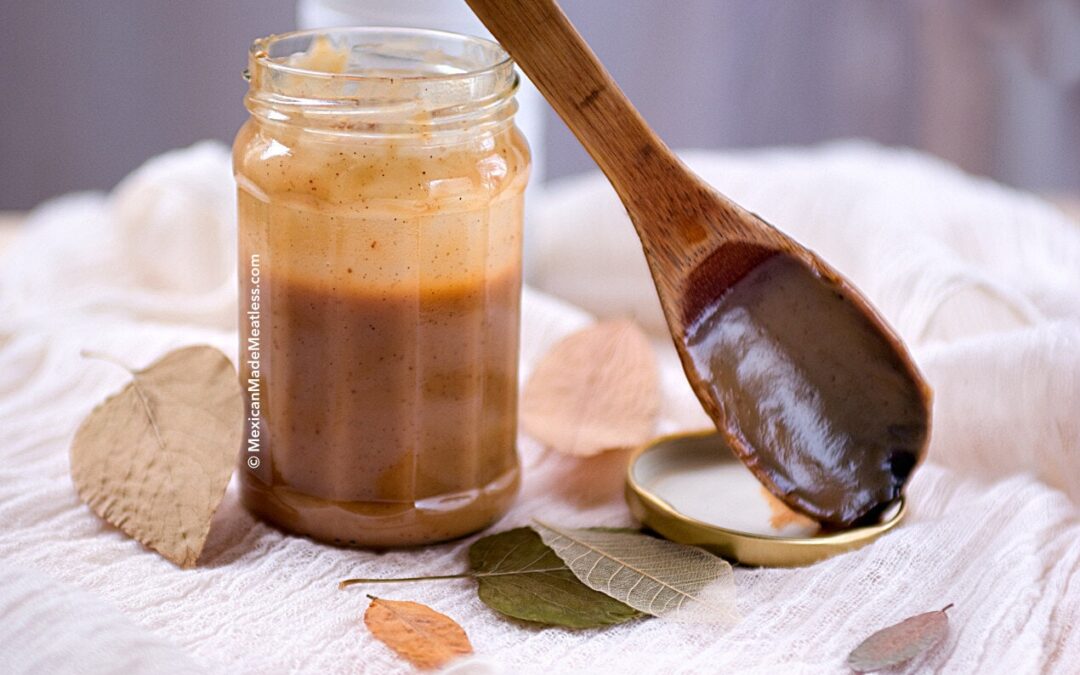


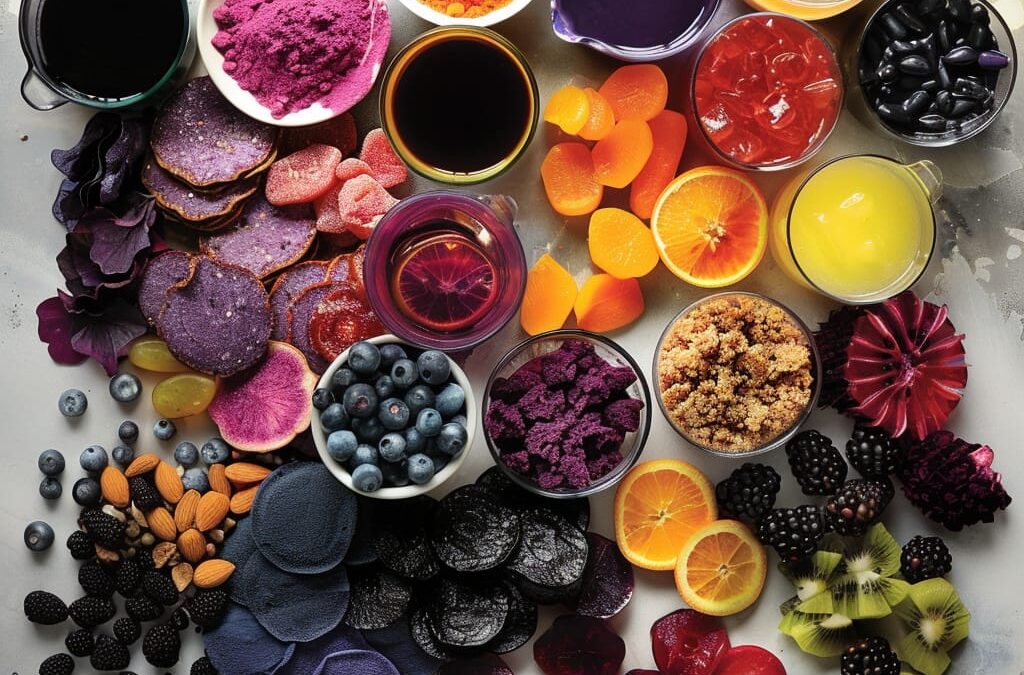
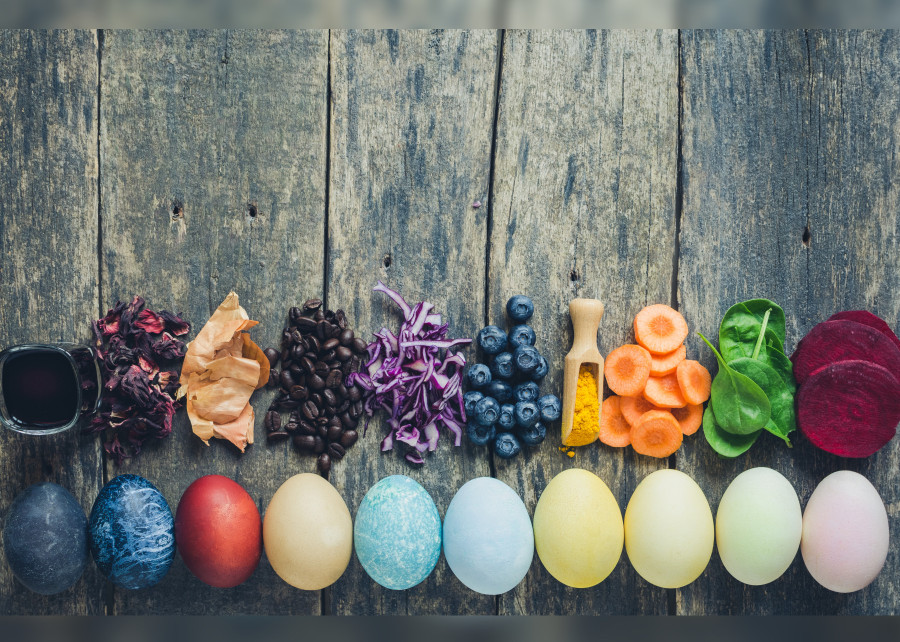
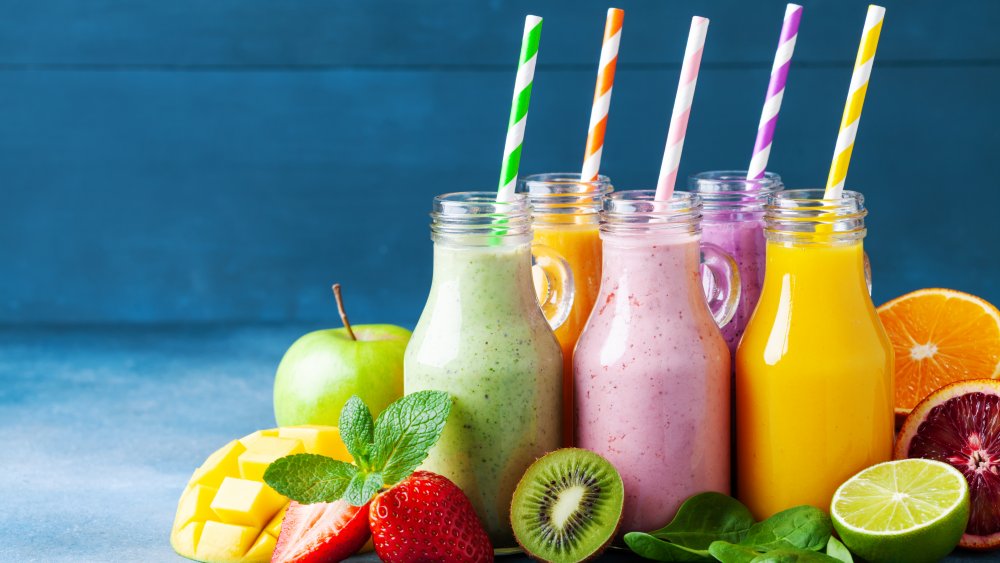
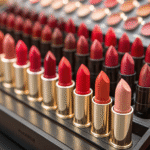
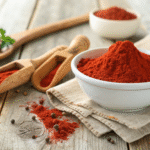

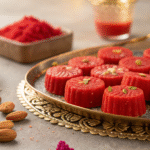
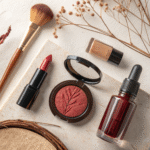
Recent Comments